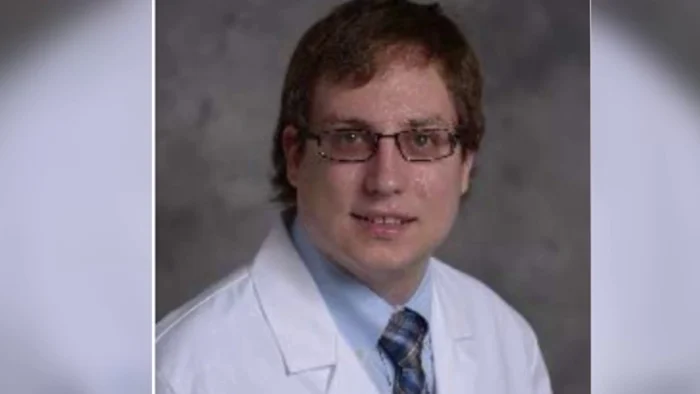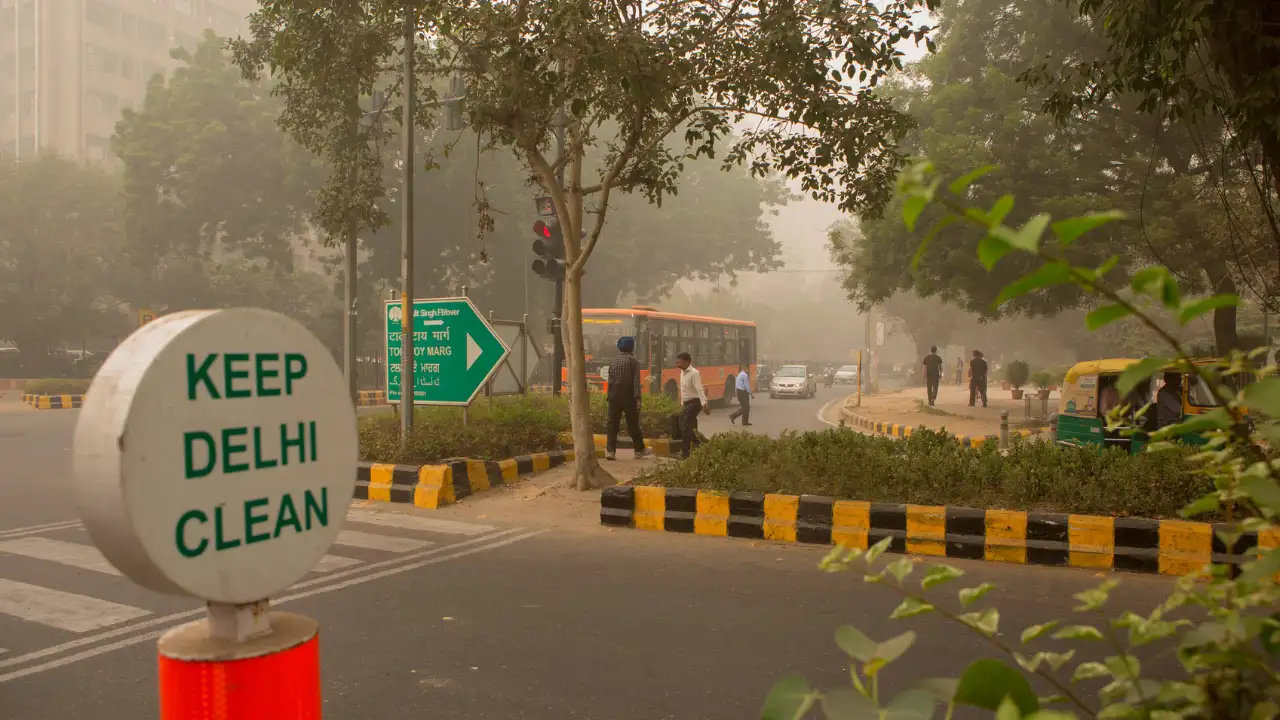Copyright guampdn

There’s no dieldrin detected in treated water coming from Yigo well Y-15 for the second week in a row, with the Guam Waterworks Authority getting more results back from an off-island laboratory test. Meanwhile, the possibility of GWA helping fund a Guam Environmental Protection Agency investigation into the source of dieldrin contamination was floated by Consolidated Commission on Utilities Commissioner Simon Sanchez Tuesday night. An interim treatment system was commissioned on Oct. 10 for well Y-15, which is contaminated with cancer-causing dieldrin. But a “do not drink without treatment” advisory is still in place until at least November for the roughly 1,200 residences in the Santa Rosa area of Yigo served by the well, pending more lab results and approval from the Guam Environmental Protection Agency. “The results of ‘non-detect’ affirms the Guam Waterworks Authority’s interim treatment system at well Y-15 has successfully removed dieldrin levels,” GWA announced Wednesday. Dieldrin analysis is performed by Eurofins Eaton Analytical, a U.S. Environmental Protection Agency-certified laboratory in California, according to a GWA release. If results are clear for two more weeks, GWA plans to go back to Guam EPA on Nov. 8 with a formal request to lift the “do not drink” advisory for affected residents. An interim granular activated carbon filtration system at well Y-15 is an EPA-approved and proven technology to remove contaminants like dieldrin and “forever chemical” PFAS from drinking water, GWA stated. The system will remain in place at Y-15 until a permanent system is completed, expected by next summer. Monthly samples and analysis for dieldrin will continue after four consecutive weeks of tests at Y-15, according to GWA. Results will be shared with the public and will be available for review by visiting guamwatersafety.com. Additionally, GWA said it will provide timely updates on progress toward the 2026 permanent treatment system. Investigation At a CCU meeting on Tuesday night, Sanchez pointed to recent reports that Guam EPA is seeking funds to investigate the source of dieldrin. Guam EPA Administrator Michelle Lastimoza last week told lawmakers that her agency is seeking funds and technical assistance from the US EPA. “I’m wondering if we should consider going in with them,” Sanchez said Tuesday. “We have a lot more money than GEPA does, and we’re the water supply group, and that maybe management can at least inquire with GEPA.” He referred at several points to a $3 million figure, though no exact amount was provided by Lastimoza last week. CCU Chairman Francis Santos asked Sanchez to come up with a proposal. “Let’s talk about it, but please be reminded we don’t have an endless supply of money to deal with dieldrin specifically,” Santos said. “We’re not the bank,” he said at one point, noting that GWA still had to deal with coming regulations on “forever chemical” PFAS in water wells. An islandwide system to treat PFAS by 2029, which will also deal with dieldrin, has been estimated at $200 million by GWA. Commissioner Melvin Duenas said he appreciates the effort but said it should be a whole GovGuam approach to fix the issue, not just GWA. Duenas noted there may be federal money available, or from the administration, to fund the investigation. Sanchez asked GWA management to reach out to Guam EPA on the matter. “I think everyone wants to know the source, especially us,” Sanchez said, “because we’re the ones that got to clean it up.” Other wells Only one other well, Dededo well D-17 near the Northern Community Health Center, shows dieldrin levels above the 0.2 parts per billion interim action level where Guam EPA has deemed the increased risk of cancer “unacceptable,” according to GWA. The D-17 well was shut off in July, the Pacific Daily News has reported. Both the Dededo well and Mangilao well M-4, where dieldrin levels exceeded the Guam EPA interim action level as recently as 2023, will get permanent treatment, along with Y-15 next summer. Mangilao well M-4 was shut off on Oct. 3, GWA stated Wednesday. Besides those three wells, six others have dieldrin levels above 0.1 ppb, which is 50% of the interim action level: Online well EX-11 in Barrigada.Online well M-2 and intermittent online well M-3 in the Adacao area of Mangilao, near the M-4 well slated for treatment.Online well D-18 in front of the Northern Community Health Center in Dededo, near contaminated well D-17.A-23 and A-25 near the Hagåtña McDonalds restaurant, which were already shut down since 2016 over toxic PFAS contamination. Home treatment for Y-15 customers Customers served by Y-15 can also apply for reimbursements for “point of use” and “point of entry” home filtration systems in their homes, for up to $3,300, according to GWA. They can also apply for GWA to install filters at their home. Procurement is currently in progress for the systems. Once a contract has been awarded, GWA said it will contact “point of entry” home filtration system applicants to schedule home assessments and installations. Details about the application process are online at guamwatersafety.com. The program will expire once a permanent treatment system is online for Y-15 next summer. GWA said the program offers “an additional safeguard and peace of mind for customers until GWA’s permanent GAC treatment system is fully operational.” “This program provides for GWA-supplied NSF 53 or NSF 401 certified POE water filtration systems, or reimbursement for qualifying customer-purchased NSF 53 or NSF 401 POE or POU filtration systems,” GWA stated Wednesday. For questions about health risks and water quality, one can call the Guam EPA community hotline at (671) 888-4342. Hours are 8 a.m. to 5 p.m., Monday through Friday. To see whether one’s household is impacted, call GWA at (671) 647-7800 or 671-647-7803. Hours are 7:30 a.m. to 6 p.m., Monday through Friday, and 8 a.m. to noon on Saturdays.



